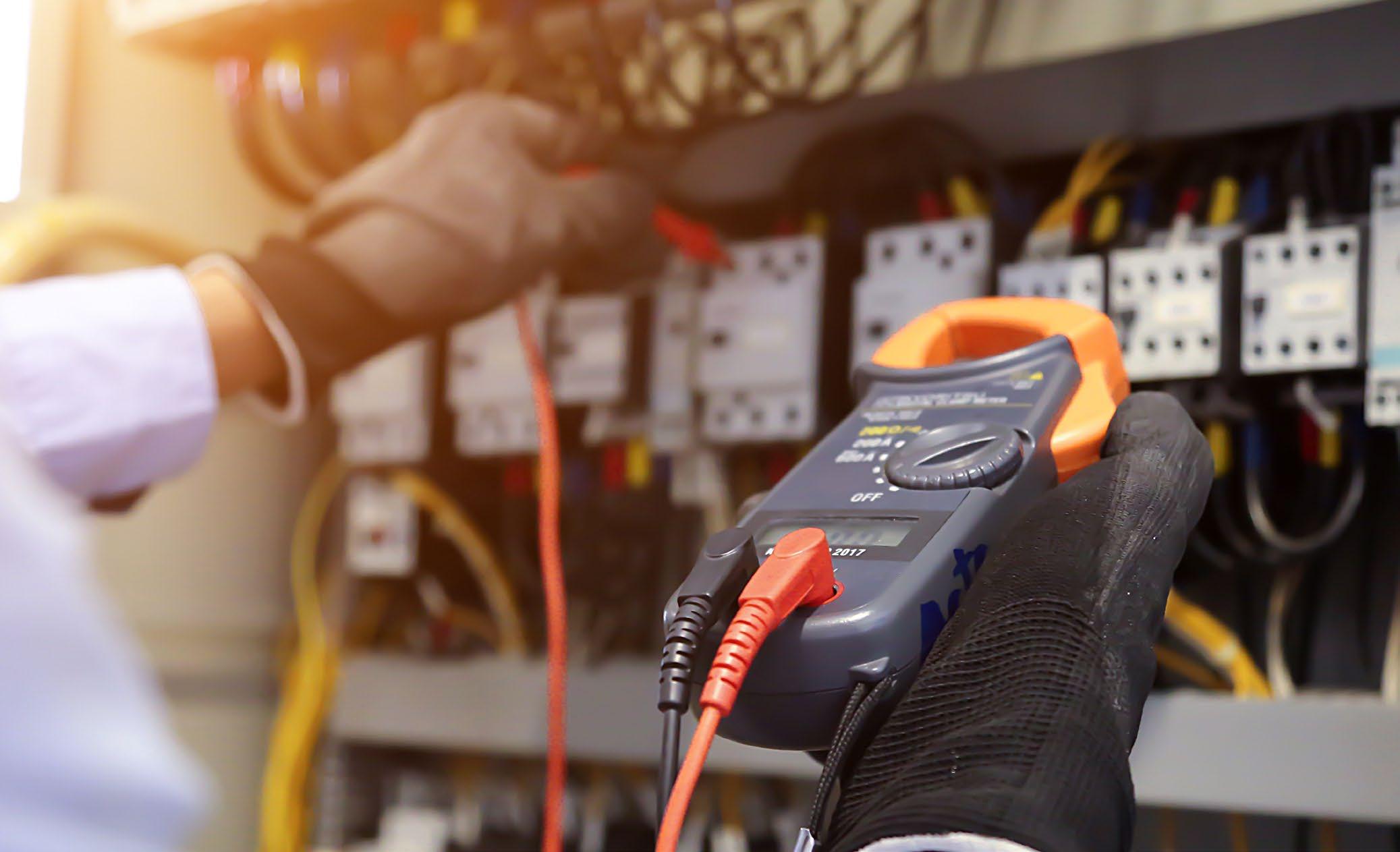
2 minute read
Pages 11
2.2.3Asset registers and maintenance history
Keeping asset registers current, including operating hours, installation dates and power ratings, helps ensure you have the information you need to manage energy investments. Correlating data from the asset register with data from energy bills enables manufacturers to build out an understanding of their energy use.
Advertisement
As a rule of thumb, if the maintenance history of a piece of equipment shows it is breaking down often or requires a lot of maintenance, there is a good chance that it is operating inefficiently and consuming too much energy. Some simple sub-metering of suspect equipment can help confirm if there is an issue.
Keeping an eye on asset registers and maintenance history also supports planned maintenance and replacement of equipment. It often pays to avoid reactive, rushed decision making when procuring equipment. And by keeping efficiency in mind when shopping for equipment, manufacturers can minimise total cost of ownership and improve productivity.
Sub-metering enables manufacturers to identify straightforward energy management opportunities.
2.3 Working with an external expert
After capturing, analysing and acting on easily available data, it can be worthwhile getting the support of an external expert to undertake an energy audit that is compliant with the Australian standard.
There are three key elements to a successful audit process:
• Finding the right auditor;
• Specifying the right type of audit; and
• Preparing a post-audit action plan.
Is energy auditing, is good
Founded in 1947, DON Smallgoods is one of Australia’s largest smallgoods manufacturers. In 2017, with rapidly rising electricity and gas costs, the manufacturer set sustainability targets for itself. At the outset, there was no visibility of energy productivity and performance in DON’s plants, so the manufacturer needed help achieving its goals.
The company had an unstructured approach to energy management, and limited capacity to change its approach. With the help of a virtual energy manager service, an energy assessment was performed to identify opportunities for energy saving improvements.
Opportunities included upgrades to air compressors, refrigeration, lighting and process improvement. The potential savings totalled $1.5m, saving 20 per cent of site energy use with a payback of less than three years.
2.3.1 Finding the right auditor
Finding the right auditor is important. When procuring an auditor, it is worth asking:
1. Do they have a working knowledge of the Australian Standard? All energy audits should comply with Australian/New Zealand Standard 3598:2014. Your energy auditor needs to be familiar with the Standard, preferably by having previously completed actual energy audits that are compliant with the Standard. Ask your auditor for references to past work.
2. Do they have skills and experience with all the major energy uses within your site? There is a lot of variability in the way energy is used on manufacturing sites, however for many sites, most energy will be consumed by one or two processes.
Make sure your auditor has experience in those areas. For larger and more complex sites, it is often beneficial for the auditor to have a team that includes members with a range of technical expertise.
3. What other technical and general skills will they bring to your audit? An energy audit is not just about identifying savings measures; it is about evaluating the potential benefits and capital costs of those savings measures. That means an auditor must have a diverse range of technical and general skills.





